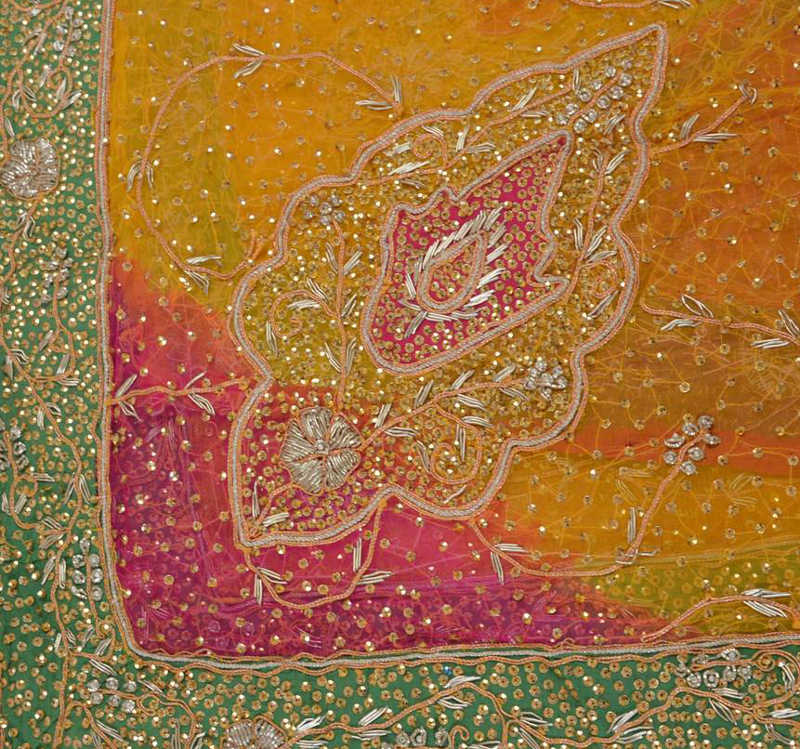===
0451,
5
===

=== |
 |
āzār : 'Vexing, troubling, afflicting, &c. (used in comp., e.g. dil-āzār , 'afflicting or paining the heart').)'. (Platts p.45)
āzār : 'Trouble, affliction; injury, outrage'. (Platts p.45)
āzārī : 'adj. & s.m.f. Sick; troubled, afflicted; a sick person, a patient'. (Platts p.45)
hech : 'Some, any; anything'. (Platts p.1244)
taqṣīr : 'Defect, failure, omission, shortcoming; mistake, error, fault, offence, crime misdemeanour; guilt, blame'. (Platts p.330)
FWP:
SETS == KYA
MOTIFS
NAMES
TERMSThis ghazal is unusual for including the poet's pen-name in the opening-verse rather than the closing-verse; see 'pen-name' in the 'Terms' index for other examples.
In the first line, dil-āzārī could quite well be taken in either of two ways (see the definitions above)-- that is, it could refer to the beloved's tormenting of her own heart (with fury? with vexation?), rather than her tormenting of the lover's heart (by inflicting pain and suffering), because of some baseless complaint she has framed against him. The fact that this reading of the line works with the second line fully as well as the other reading, suggests that Mir very probably arranged the line in the first place with both possibilities in mind.
Having this extra reading may help a bit to mitigate what might be called the 'shortfall' in the 'pleasure of meaning'-- but it doesn't help all that much. By Mir's standards, this feels like a minor verse. No doubt its rank will depend on how much we feel and enjoy its 'mood', and how much credit we're willing to give it for be-hech .
Note for grammar fans: How do we know that the second line is interrogative, since it lacks a kyā ? Apparently only from the semantic context, with perhaps a little boost from that kuchh with its readily available sarcastic overtones.